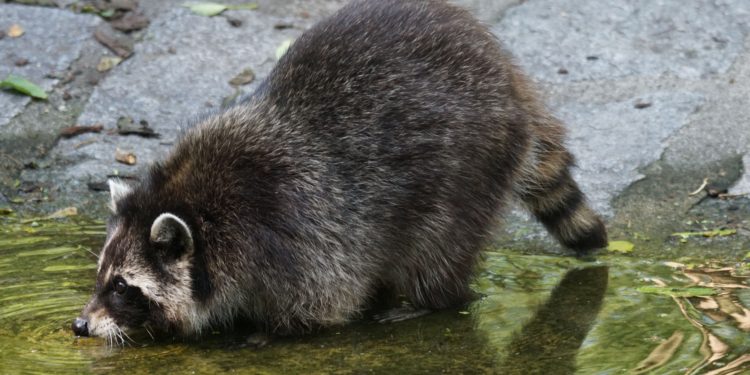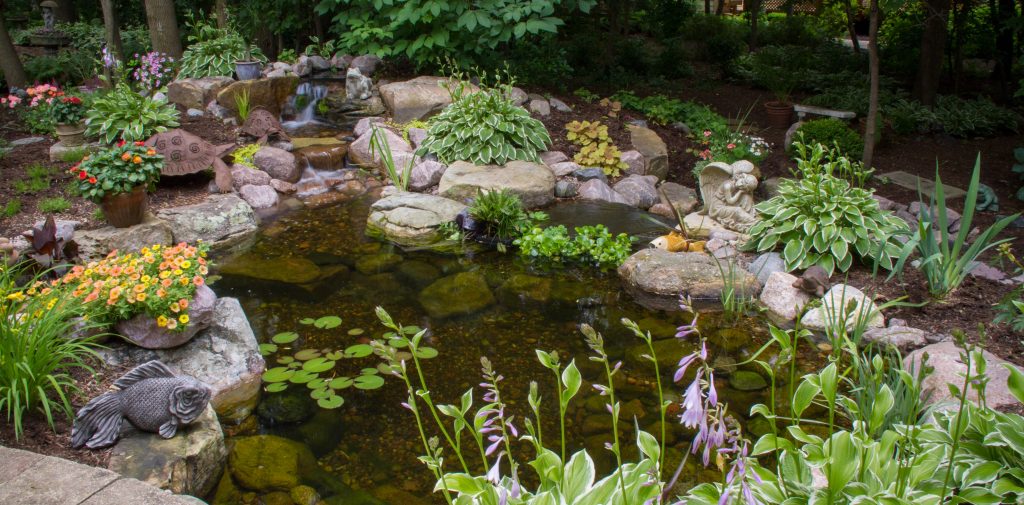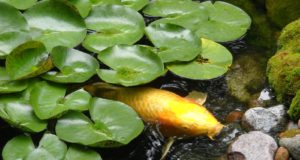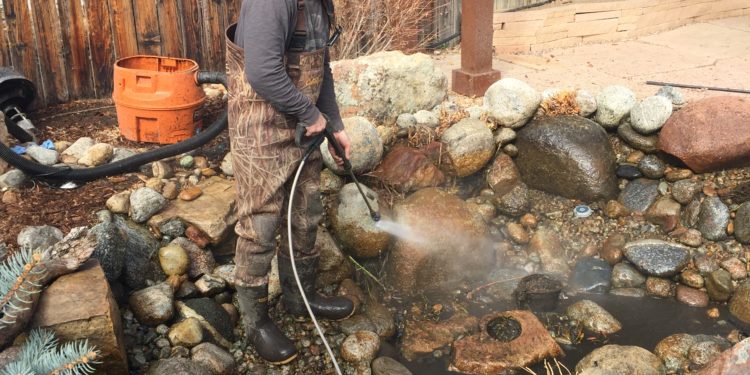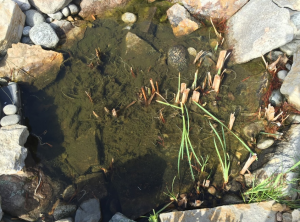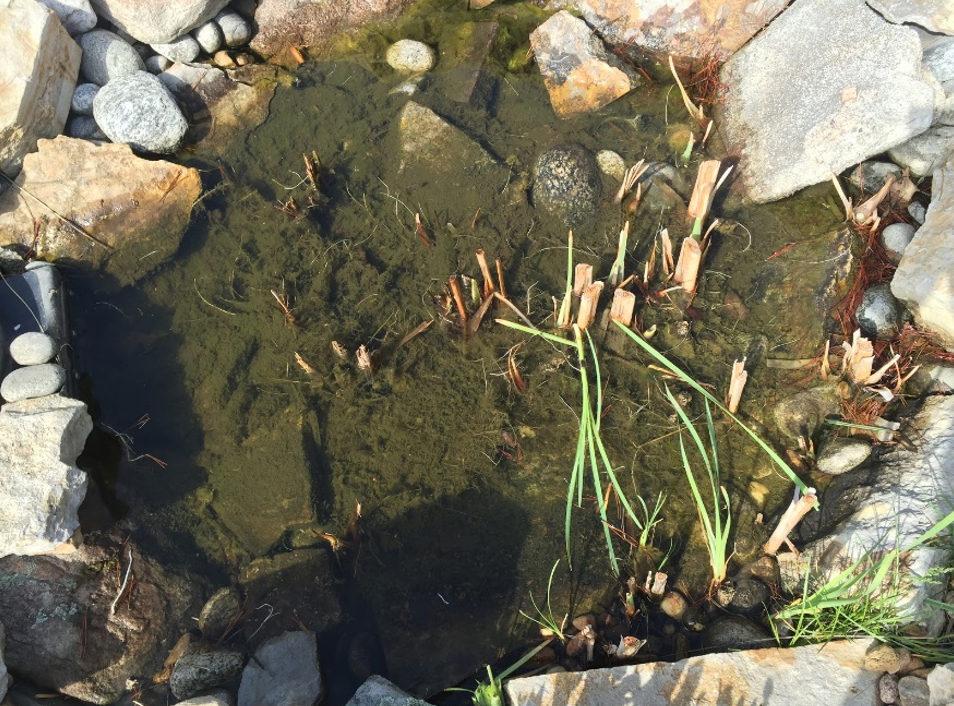 Does my pond need a cleanout?
Does my pond need a cleanout?
Balanced ponds may need to be cleaned out every couple of years. Ponds that struggle with balance may need annual cleanouts. Take a look at your pond.
◊ Is the water brown, black or unclear?
◊ Do you see muck or sludge on the bottom of the pond?
◊ Is your pump struggling to work because of excess debris around it?
◊ Were the fires particularly bad this year, dumping ash in the pond?
Ponds are ecosystems. When they are in balance, the water should be clear. There may be a touch of algae here or there, but not an excessive amount. When the water looks good and the plants and fish are thriving, you still might need to have the gunk cleaned out. Ponds in Colorado need to run all year long to help keep the water clean. Leaving the water stagnant over the winter can breed a slimy composted sludge that has to be cleaned out in the spring. Learn more about ponds in our Ponds 101. Wondering if your pond needs a good cleanout?
Contact us and text us over some pictures – we’ll help you figure out if a cleanout is right for your pond.
What exactly is a pond cleanout?
When we perform a pond cleanout we:
- Remove the water from the pond
- Safely transfer the fish into a portable pond that we bring
- Pressure wash every surface of the water feature including streams and waterfalls
- Clean out equipment like skimmers, biofalls and canister filters
- Check all equipment for proper operation
- Check for any lights that may need to be replaced
- Remove the gunk from the pond
- Cut back plant material as needed
- Fertilize water lilies
- Put clean water into the pond
- Add water treatments to establish a healthy ecosystem balance and to protect the health of the fish
- Replace any rocks that may have been disturbed during the cleanout
- Return fish to the pond
- Consult you about the ongoing maintenance of the pond so that it will be beautiful all year long

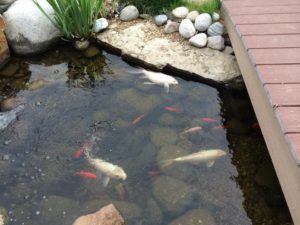 Barley straw helps keep algae at bay.
Barley straw helps keep algae at bay.